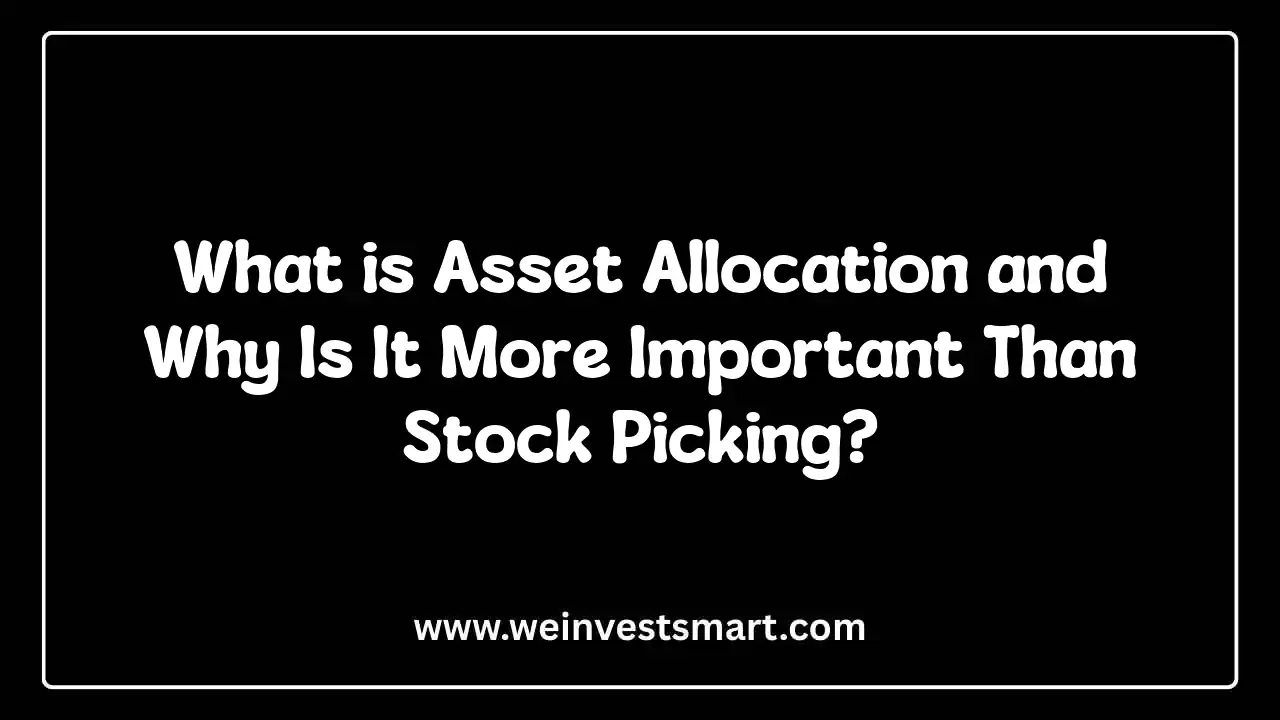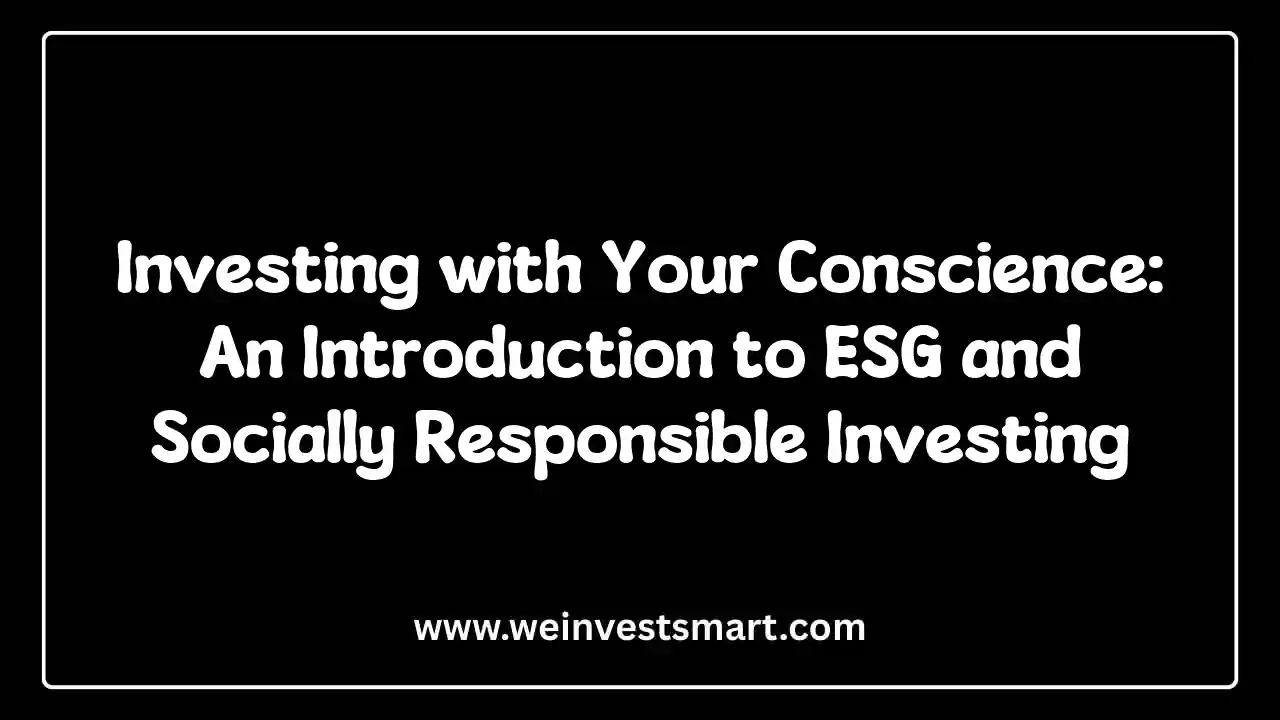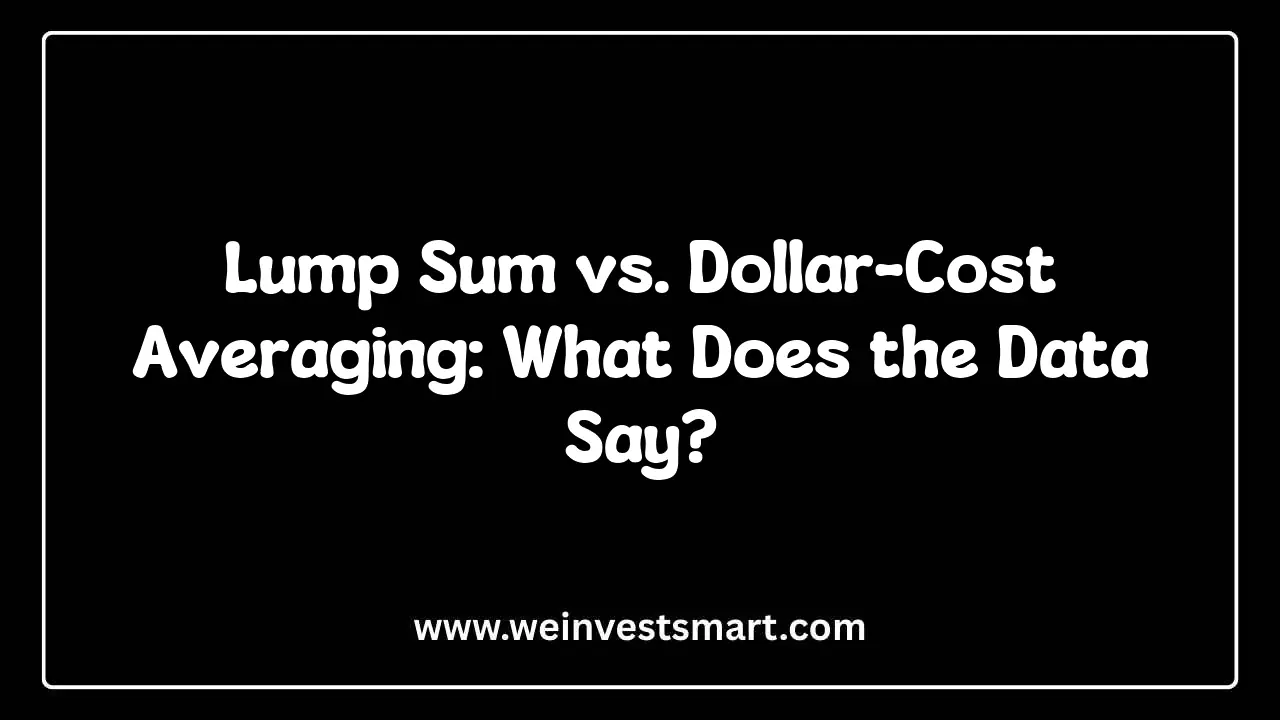· WeInvestSmart Team · investment-strategies · 10 min read
How to Build a Dividend Portfolio for Passive Income: A Step-by-Step Guide
A practical, step-by-step guide to finding and evaluating quality dividend-paying stocks. This article demystifies concepts like the "Dividend Aristocrats," how to assess a payout ratio, and the compounding power of reinvesting dividends (DRIP) to build a reliable passive income machine.
Most people think that building wealth in the stock market is about chasing explosive growth. They hunt for the next Tesla, the undiscovered tech giant, or the crypto token that’s going to the moon. It’s a game of thrilling speculation, driven by headlines and hype. But here’s the uncomfortable truth: that’s not investing, it’s gambling. And for every speculator who strikes it rich, there are thousands who crash and burn. The real, time-tested path to financial independence is far less glamorous. It’s quieter. It’s more deliberate. Some might even call it boring.
And that’s the entire point.
We’re talking about building a machine. A machine that, once constructed and maintained, works for you, day and night, depositing cash into your account. This machine is a dividend portfolio, and it is the single most effective tool for generating reliable, growing, and truly passive income. Going straight to the point, the goal isn’t to get rich quick; it’s to get rich for sure.
This isn’t a theoretical exercise. This is a practical, step-by-step guide to constructing that machine. We’re going to demystify the jargon, give you the exact metrics to look for, and show you how to put it all together. To win the game of passive income, you must first understand the engine that drives it: the humble dividend.
The Foundation: Why a Dividend is More Than Just a Check
To the casual observer, a dividend is just a small cash payment a company sends to its shareholders, usually every quarter. It seems like a nice little bonus, but hardly the stuff of financial freedom. This view completely misses the bigger picture.
Here’s where things get interesting. A dividend is a tangible piece of a company’s success. It is a direct share of the real, cold, hard profits generated by a real business. Think of it this way: when you buy a share of a high-quality dividend-paying company, you are not just buying a ticker symbol on a screen. You are becoming a part-owner of a global enterprise. You are, in effect, the landlord of that business, and the dividend is your quarterly rent check.
And this is just a very long way of saying that the dividend itself is only half the story. The act of paying a consistent, rising dividend sends a powerful signal. It tells you that:
- The Business is Profitable: A company can’t give you cash it doesn’t have. A long history of dividends is a track record of real earnings.
- Management is Disciplined: They are committed to returning capital to you, the owner, rather than squandering it on frivolous acquisitions or ill-conceived projects.
- The Company is Confident: A board of directors that consistently raises its dividend is implicitly stating that they expect future profits to be even higher.
Once you shift your mindset from “stock picker” to “business owner,” the entire world of investing changes. You stop chasing fleeting price movements and start focusing on the underlying engine of cash flow.
You may also be interested in: Lump Sum vs. Dollar-Cost Averaging: What Does the Data Say?
The Blueprint: How to Find and Evaluate Elite Dividend Stocks
Okay, so we’re sold on the philosophy. But how do we find these elite businesses? The universe of stocks is vast, but we can use a series of powerful filters to narrow it down to a small, manageable list of world-class candidates.
Step 1: Start with Royalty - The “Dividend Aristocrats”
We don’t need to reinvent the wheel. The S&P 500 has already done much of the heavy lifting for us by creating a very exclusive club. Going straight to the point, the Dividend Aristocrats are a group of companies in the S&P 500 that have not only paid, but increased their dividend for at least 25 consecutive years.
Let that sink in. A quarter-century of annual pay raises for shareholders. These companies have navigated recessions, market crashes, wars, and a global pandemic, and through it all, they kept sending more cash to their owners. This isn’t just a list of stocks; it’s a testament to incredibly resilient business models. This list is our hunting ground. It’s the single best starting point for finding quality. As of early 2025, new members include companies like FactSet, Erie Indemnity, and Eversource Energy.
Step 2: Check the Safety Valve - The Payout Ratio
Just because a company is an Aristocrat doesn’t mean we buy it blindly. Our next step is a crucial safety check. We need to know if the dividend is sustainable. The metric for this is the payout ratio.
In simple terms, the payout ratio tells us what percentage of a company’s earnings are being used to pay the dividend.
Payout Ratio = Annual Dividend per Share / Earnings per Share (EPS)
Think of this like a personal budget. If you earn $5,000 a month and your expenses are $6,000, you’re in trouble. The same is true for a company. A payout ratio that is too high can be a red flag.
Here are some general guidelines:
- Healthy Range (35% - 55%): This is often a sweet spot. The company is rewarding shareholders while retaining enough profit to reinvest in future growth.
- Caution Zone (55% - 80%): This is getting high. We need to investigate further. For some stable, mature industries like utilities or consumer staples, a higher ratio is normal. For a company in a more cyclical industry, this could signal that the dividend might be at risk if earnings dip.
- Danger Zone (Above 80%): A payout ratio this high is often unsustainable. It leaves no room for error and can be a warning sign that a dividend cut might be coming.
The funny thing is, a low payout ratio can be a bullish signal. A company with a 30% payout ratio has a huge cushion to protect its dividend and plenty of capacity to increase it in the future.
Step 3: Dig the “Moat” - Identifying a Competitive Advantage
Why have the Dividend Aristocrats been able to raise their dividends for decades? Because they have something their competitors don’t: a durable competitive advantage, or what Warren Buffett famously calls a “moat.” A moat is a structural advantage that protects a company from competition, allowing it to generate high profits for years.
What does a moat look like?
- Strong Brand: Think of Coca-Cola or PepsiCo. Their brands are so powerful that people will pay a premium for their products, creating immense pricing power.
- Network Effects: Companies like Visa or Mastercard become more valuable as more people use them, creating a barrier that is almost impossible for a new competitor to overcome.
- High Switching Costs: Once a hospital is built around Becton Dickinson’s medical supplies, or an office is standardized on Microsoft software, the cost and hassle of switching to a competitor are enormous.
- Cost Advantages: Companies like Walmart can use their immense scale to negotiate lower prices from suppliers, allowing them to undercut smaller rivals.
When you find a company with a wide, deep moat, you have found a business that is highly likely to be churning out cash for decades to come, funding your future dividend checks.
You may also be interested in: Investing with Your Conscience: An Introduction to ESG and Socially Responsible Investing
The Supercharger: The Astonishing Power of Reinvesting Dividends (DRIP)
Now we have a portfolio of elite businesses sending us cash every quarter. What do we do with it? We could spend it, but that’s thinking too small. If we want to build true, life-changing wealth, we must deploy the single most powerful force in finance: compounding.
Here’s where things get really interesting. Most brokerage platforms allow you to enroll in a Dividend Reinvestment Plan (DRIP). This is an automated feature that takes the cash dividends you receive and immediately uses them to buy more shares (or even fractional shares) of the same stock, usually with no commission fees.
This sounds like a simple trade-off, but it’s actually the key to exponential growth. We covet this system because it creates a magical feedback loop:
- Your shares pay you a dividend.
- That dividend automatically buys more shares.
- You now own more shares, so the next dividend payment is even larger.
- That larger dividend buys even more shares.
Repeat this process for 20 or 30 years, and the results are staggering. It transforms your portfolio from a linear, straight-line growth model into an exponential, upward-curving rocket. Reinvesting your dividends is the ultimate “set it and forget it” strategy to put your wealth-building on autopilot.
You may also be interested in: Your Guide to the Alphabet Soup of Retirement: 401(k) vs. Roth IRA vs. Traditional IRA
Putting It All Together: Your 6-Step Action Plan
Theory is great, but execution is what matters. Here is a simple, actionable plan to start building your dividend portfolio today.
- Define Your Goal: Are you a younger investor focused on long-term growth, or are you nearing retirement and need income now? Your answer will influence whether you prioritize companies with higher growth rates or higher current yields.
- Start with the Aristocrats: Use the S&P 500 Dividend Aristocrats list as your initial pool of candidates. This pre-screens for quality and durability.
- Do Your Homework: For each company on your shortlist, check the payout ratio to ensure the dividend is safe. Read about the company to understand its business model and identify its competitive moat.
- Diversify Your Income Streams: Don’t put all your eggs in one basket. Aim to own at least 15-20 different companies across various sectors of the economy (e.g., healthcare, consumer staples, industrials, utilities). This protects you if one industry faces a downturn.
- Automate Your Compounding: Once you buy a stock, immediately turn on the DRIP feature in your brokerage account for that position. This is non-negotiable for long-term growth.
- Be Patient and Think Like an Owner: A dividend portfolio is not a lottery ticket; it’s a long-term business venture. Don’t panic during market downturns. A market correction is simply a sale, allowing your reinvested dividends to buy more shares at a discount. Check your portfolio once a quarter, collect your “rent,” and let the machine do its work.
You may also be interested in: The Anatomy of a Stock: A Beginner’s Guide to Reading a Stock Ticker Page
The Bottom Line: You’re Not Buying Stocks, You’re Buying Freedom
The formula for building a passive income machine is surprisingly simple: (Quality Businesses + Time) x Reinvestment = Financial Freedom
You can’t control the market’s daily whims. You can’t predict the next hot trend. But you have absolute, 100% control over the quality of the businesses you choose to own, your own patience, and your decision to automate the compounding process.
And this is just a very long way of saying that dividend growth investing is not about picking stocks. It’s about building a system. It’s a calm, disciplined, and proven methodology for converting your savings into a perpetual stream of growing income. By focusing on quality, safety, and the automatic power of compounding, you can construct a portfolio that works for you, giving you the one thing money can truly buy: freedom.
This article is for educational purposes only and should not be considered personalized financial advice. Consider consulting with a financial advisor for guidance specific to your situation.
How to Build a Dividend Portfolio FAQ
What is a dividend portfolio?
A dividend portfolio is a collection of dividend-paying stocks that generate regular income. It’s designed to provide passive income through consistent dividend payments, creating a ‘machine’ that works for you over time.
What are Dividend Aristocrats?
Dividend Aristocrats are S&P 500 companies that have increased their dividend payments for at least 25 consecutive years. They represent elite businesses with proven track records of consistent dividend growth.
What is a payout ratio?
A payout ratio is the percentage of a company’s earnings paid out as dividends. A healthy ratio is typically 35-55%, indicating the company can sustain and grow its dividend payments.
What is DRIP?
DRIP (Dividend Reinvestment Plan) automatically reinvests dividend payments to buy more shares. This creates compounding growth as your dividend income increases with each reinvestment cycle.
How do I build a dividend portfolio?
Start with Dividend Aristocrats, check payout ratios, diversify across sectors, enable DRIP, and hold for the long term. Focus on quality businesses rather than high yields, and reinvest dividends for compounding growth.



